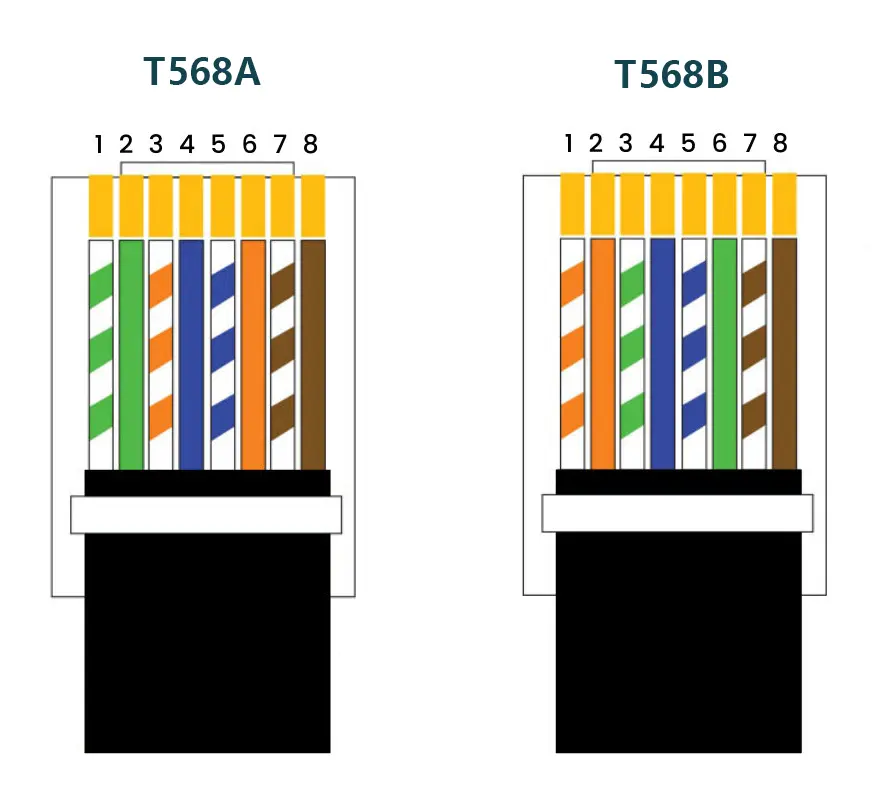What is Network Patch Panel?
Network patch panels are an important component of comprehensive cabling systems, which are devices used to organize and manage physical connections in computer networks. It is usually installed in equipment rooms, computer rooms, or data centers to connect network cables to various network devices (such as computers, switches, routers, etc.).
It usually consists of a panel and multiple connection ports. The connection between the connection ports and the network devices is generally in the form of modular sockets, commonly known as RJ45 sockets.

Types of Lan Patch Panel
At present, there are many different network LAN patch panels on the market for people to choose from, and they can be divided into different types according to different ways.
Category of Network Patch Panels
Network patch panels are usually used to manage and organize various types of Ethernet cables. According to different transmission rates and frequencies, network cables can be classified into different categories, and the matching patch panels are also be classified into different categories.
The most commonly used patch panels in the current market are Cat5e, Cat6, and Cat6A.
| Category | Transmission Frequency | Transmission Speed | Application |
| CAT3 | 16Mhz | 10Mbps | Voice transmission |
| CAT5 | 100Mhz | 100Mbps | Small office, home |
| CAT5E | 100Mhz | 1000Mbps | Small office, home |
| CAT6 | 250Mhz | 1000Mbps | Large enterprises, high-speed applications |
| CAT6A | 500Mhz | 10Gbps | Large enterprises, high-speed applications |
| CAT7 | 600Mhz | 10Gbps | Data center, high-speed and bandwidth-intensive applications |
| CAT7A | 1000Mhz | 10Gbps | Data center, high-speed and bandwidth-intensive applications |
| CAT8 | 2000Mhz | 40Gbps | Data center, high-speed and bandwidth-intensive applications |
Unshielded or Shielded Patch Panels
According to the presence or absence of shielding structures, LAN patch panels can be divided into shielded (FTP) patch panels and unshielded (UTP) patch panels, which are used in combination with shielded twisted pair cables or unshielded twisted pair cables.
UTP patch panels are relatively inexpensive and suitable for general network cabling environments. They are the most popular and frequently used. FTP patch panels are more suitable for working environments with high electromagnetic interference.

12 / 24 / 48 Port Ethernet Patch Panel
According to the number of ports on the patch panel, it can be divided into 12 port patch panels, 24 port patch panels, 48 port patch panels, among which the 24 port network patch panel is the most frequently used.

Keystone Patch Panel
Blank keystone patch panel is a special type of network patch panel that provides a set of empty keystone jack slots, allowing users to select and install appropriate network modules according to their application needs.

Wiring Standard
The wiring method of the patch panel is also the same as that of keystone jacks, RJ45 connectors, etc., supporting T568A and T568B. The only difference between the two wiring standards is the wire line sequence. As long as the wiring methods at both ends of the entire link are consistent, the link can be ensured to be smooth. T568B wiring standard is currently commonly used in the market.

Advantages of Ethernet Patch Panel
Ethernet patch panel provides a centralized connection point, which can achieve the following benefits:
- Simplify network management
- Flexibility and Scalability
- Fault isolation and recovery
Gcabling Networking Patch Panels
Gcabling can supply a variety of Lan patch panels with different types, here we list some hot-selling products.
*More fiber patch cable types, please contact Gcabling for information!

